Detroit once had a robust passenger-train network that included two commuter routes that survived into the early 1980s. But when public funding of those trains ended, so did the Detroit commuter trains.
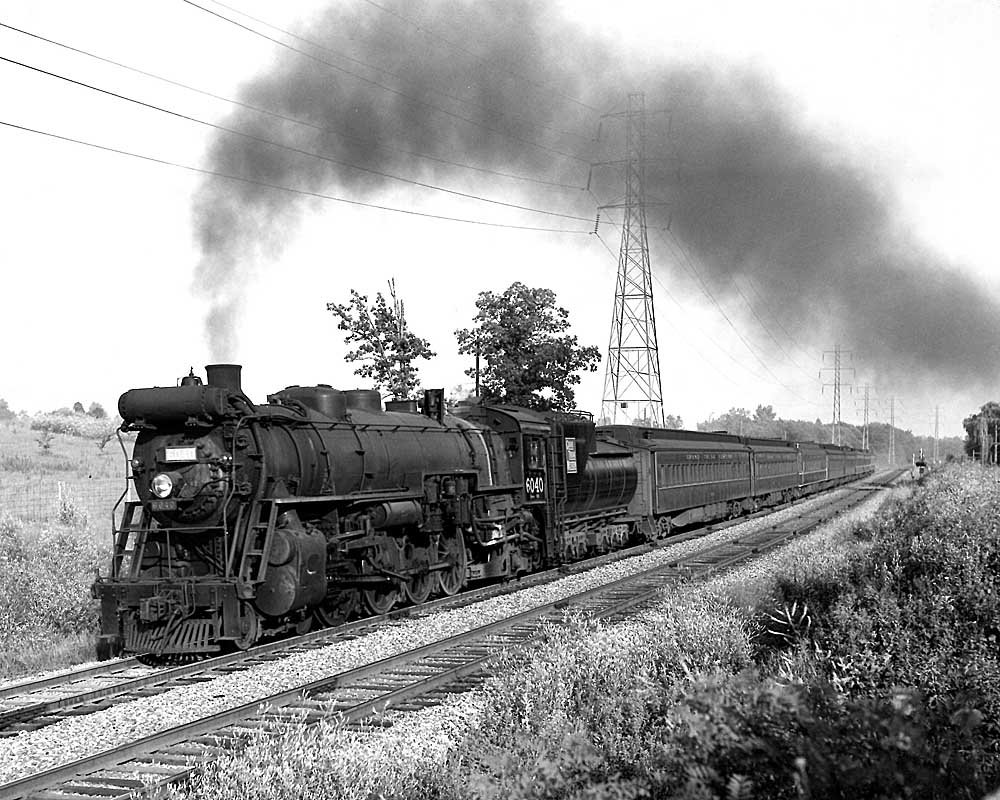
Grand Trunk Western began Detroit-Pontiac commuter service on Aug. 1, 1931. Steam locomotives pulled some of the three daily roundtrips until March 1960. Intermediate stops on the 26.1-mile route included the suburbs of Ferndale, Pleasant Lake, Royal Oak, Birmingham, and Bloomfield Hills.
A $92,500 operating loss in 1960 led GTW to seek a minimum 15% fare hike while threatening to end commuter service if the fare wasn’t approved.
In 1967, though, GTW had a change of heart. It restored the third Detroit-Pontiac train that had ended in October 1961 and began advertising the service. Ridership rose 11.37% in the first nine months of 1967. The trend continued in 1968 with ridership surging 42% in the first three months. The serviced averaged 2,914 commuters a day.
Rebuilt streamliner-era coaches displaced by the end of GTW intercity passenger service in 1971 replaced heavyweight commuter coaches. Yet the operating losses kept growing, reaching $600,000 annually in 1973, when ridership averaged 1,550 a day.
On Jan. 2, 1974, the Southeast Michigan Transportation Authority, which operated public transit in the Detroit suburbs, began paying a third of the losses. It increased that to two-thirds in 1977. A year later SEMTA acquired the locomotives and coaches and assumed full financial responsibility. Intermediate stations included Milwaukee Junction (Detroit), Highland Park, Ferndale, two stops in Royal Oak, and two stops in Bloomfield Hills.
The trains had terminated at Detroit’s Brush Street Station, but after the depot was razed in November 1973, boarding moved 600 feet east of the depot. In 1974, the station shifted to a former freight yard along Franklin Street near the Renaissance Center.
SEMTA lacked a dedicated funding source such as a local sales tax to pay operating expenses, instead relying on grants. Critics decried the lack of cooperation among political entities in the seven-county Detroit region, as well as lobbying by highway and automotive industry interests against public transit.
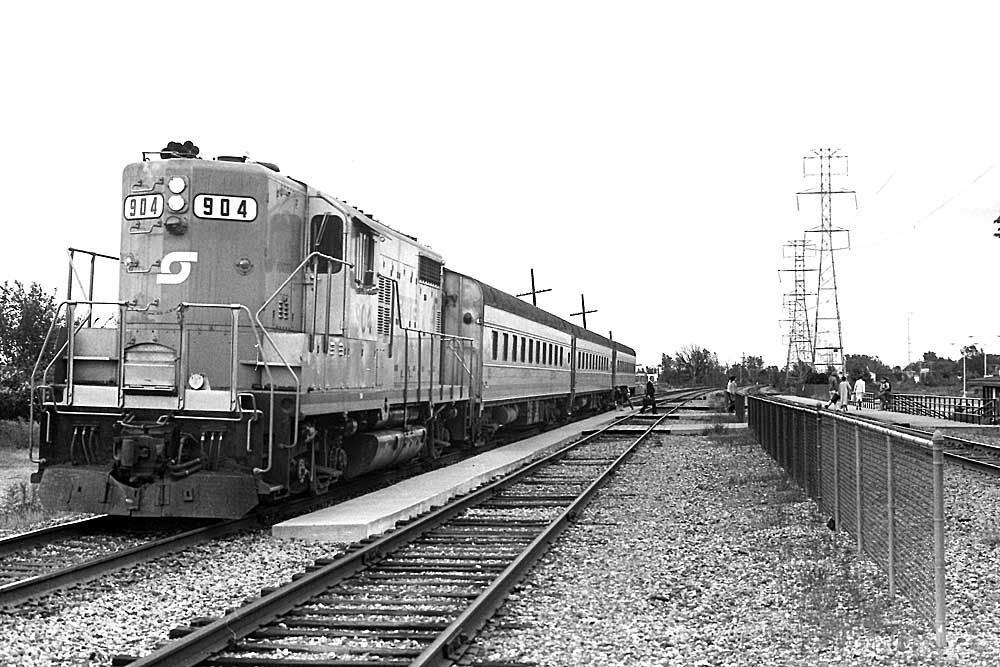
After the federal government slashed its annual grant to SEMTA by $16 million in 1983, SEMTA’s governing board voted in September to end the Detroit-Pontiac trains and 13 bus routes. The trains averaged 475 passengers a day and were costing the agency $2.1 million a year. Fares covered 20% of operating costs.
The last runs were to be Oct. 14, 1983, but a judge ordered them to continue until he conducted a hearing on a lawsuit filed by the Michigan Association of Railroad Passengers seeking to derail the service cuts. Judge Robert Templin dismissed the suit on Oct. 17, the same day the trains ran for the final time.
Penn Central operated a lone Detroit-Ann Arbor commuter train using Budd Rail Diesel Cars, which made an intermediate stop in Ypsilanti. Historically these were not commuter trains. Inbound No. 374 had been created in spring 1968. Outbound No. 357 had been the westbound Twilight Limited to Chicago until discontinued west of Ann Arbor in October 1968.
The Michigan legislature approved funding for Amtrak to take over the service, which occurred Jan. 20, 1975. The Michigan Executive operated between Detroit and Jackson with intermediate stops in Chelsea, Ann Arbor, and Ypsilanti.
Ridership rose 50%, averaging 10-15 riders per day west of Ann Arbor and nearly 250 east of there. It peaked in 1979 at 96,573 annually. The train typically had three coaches and used just about anything Amtrak could make available.
An early 1980s economic downturn combined with the sustained demise of downtown Detroit as a retail and business center drove ridership down to 26,000 in 1983. Fare increases and competition from state-supported van pools also played a role.
By 1982, the Michigan Executive was losing $700,000 annually and the Michigan Department of Transportation said it couldn’t afford the state’s 50% share of the deficit. Ridership had fallen to 100 a day, about half of what it had been two years earlier.
A compromise was arranged whereby on June 14, 1982, the westbound Michigan Executive was discontinued in favor of commuters returning home on Amtrak’s evening Detroit to Chicago Twilight Limited, which was rescheduled and began serving Ypsilanti. The eastbound Michigan Executive began originating in Ann Arbor.
In December 1983 MDOT said it would cease funding the Michigan Executive after its trip on Jan. 13, 1988, thus ending commuter train service in Detroit.






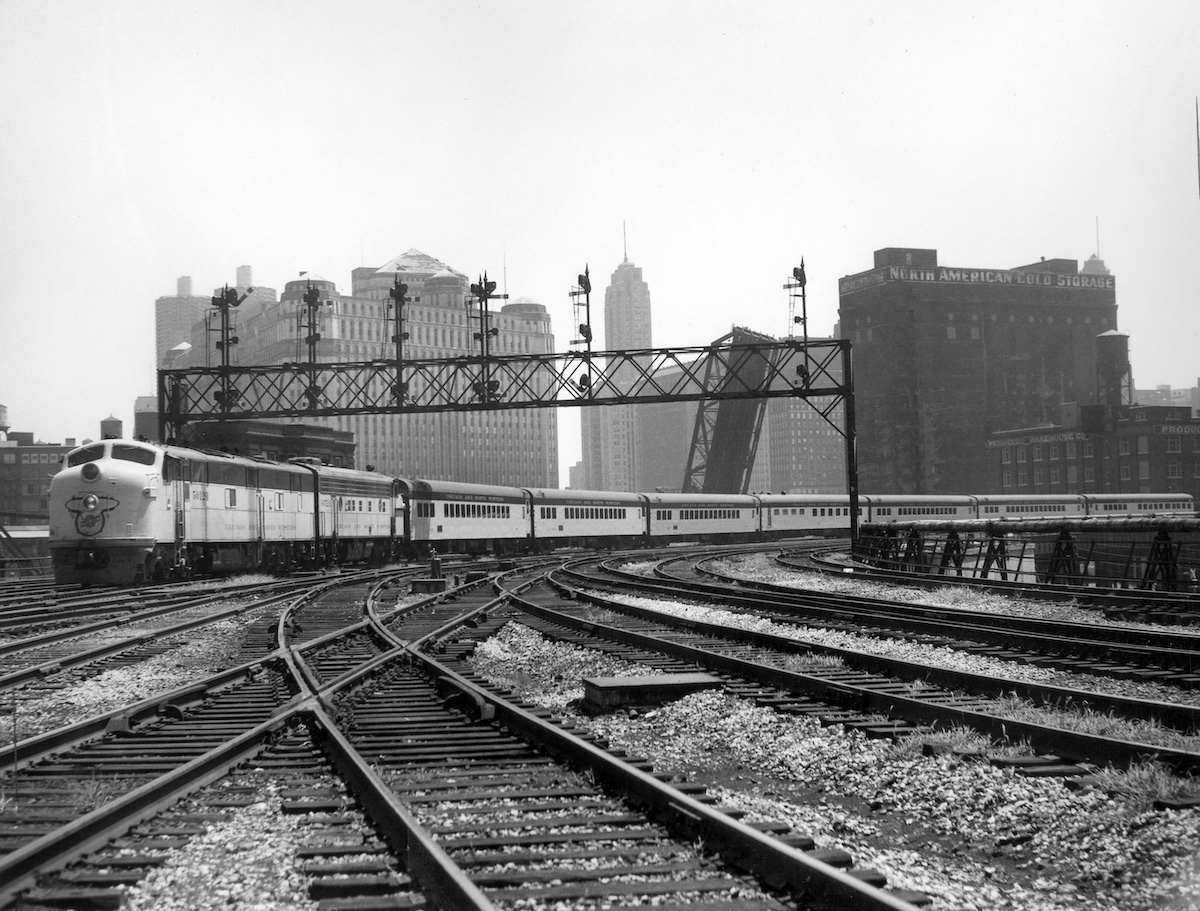

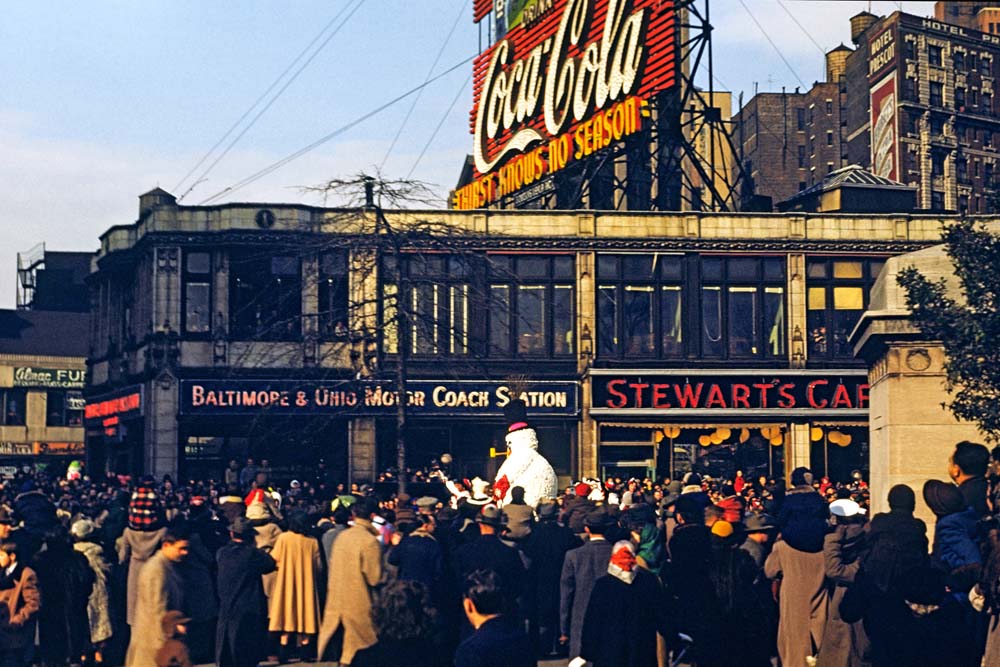
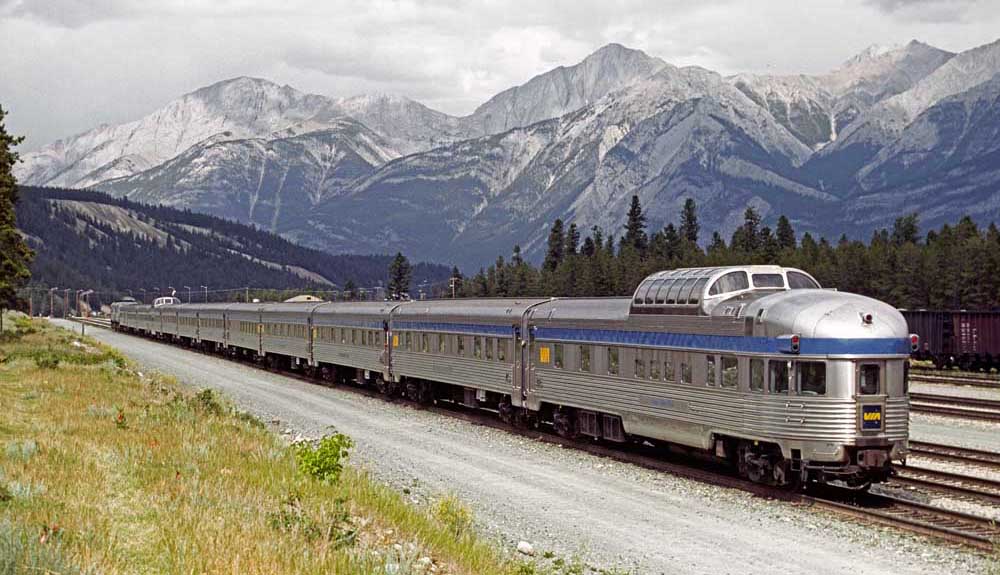




I’m sorry but I was a bit disappointed with this article. I thought this article was going to cover the history of the city’s commuter rail service but it actually just covered the final years of it. Here are some interesting clips from the 1940s, 1950s of Detroit. The city had several downtown main stations and lots of commuters. https://www.youtube.com/watch?v=Uvbwm_I_hks&ab_channel=KillerBee
Several attempts have been made to restart commuter service in the Metro Detroit region, notably some ex-Metra equipment was bought for a feasibility study in the mid 00s, but as cited in your article lack of cooperation between the counties in the region, particularly Oakland county, sorta got the service locked in a dead-end, despite having equipment, trackage, and plans.
Excellent Article!
One minor correction: the Detroit suburb of Birmingham had commuter service until it was discontinued. The station in Birmingham has fortunately been preserved; it’s one of Michigan’s prettiest small stations.
When the right of way between Pontiac and Detroit was shifted to its current alignment, it was wide enough to allow for four tracks: two outboard tracks for frequent passenger trains all day long between the two cities, and the two inboard tracks for through freights. The depression doomed plans for frequent commuter service, and the two outer tracks were never laid, but the right of way for these tracks is still visible in Birmingham if you know where to look.
Nice article!
I rode the train from Royal Oak to Milwaukee Jct in the late 1970’s when under SEMPTA control. Occasionally I would take the train to the Ren Cen station to get to the downtown area. All I can say was that it was standing room only. It seems like there could have been a way to make the route more self-sustaining.